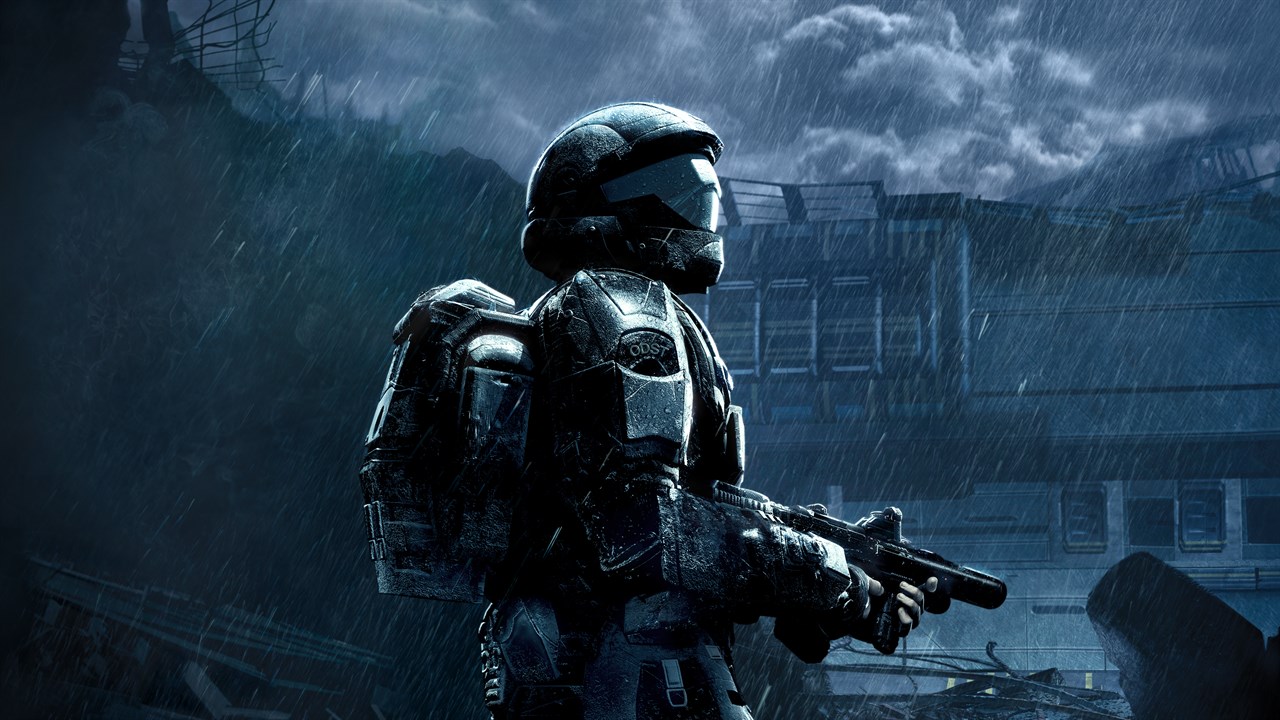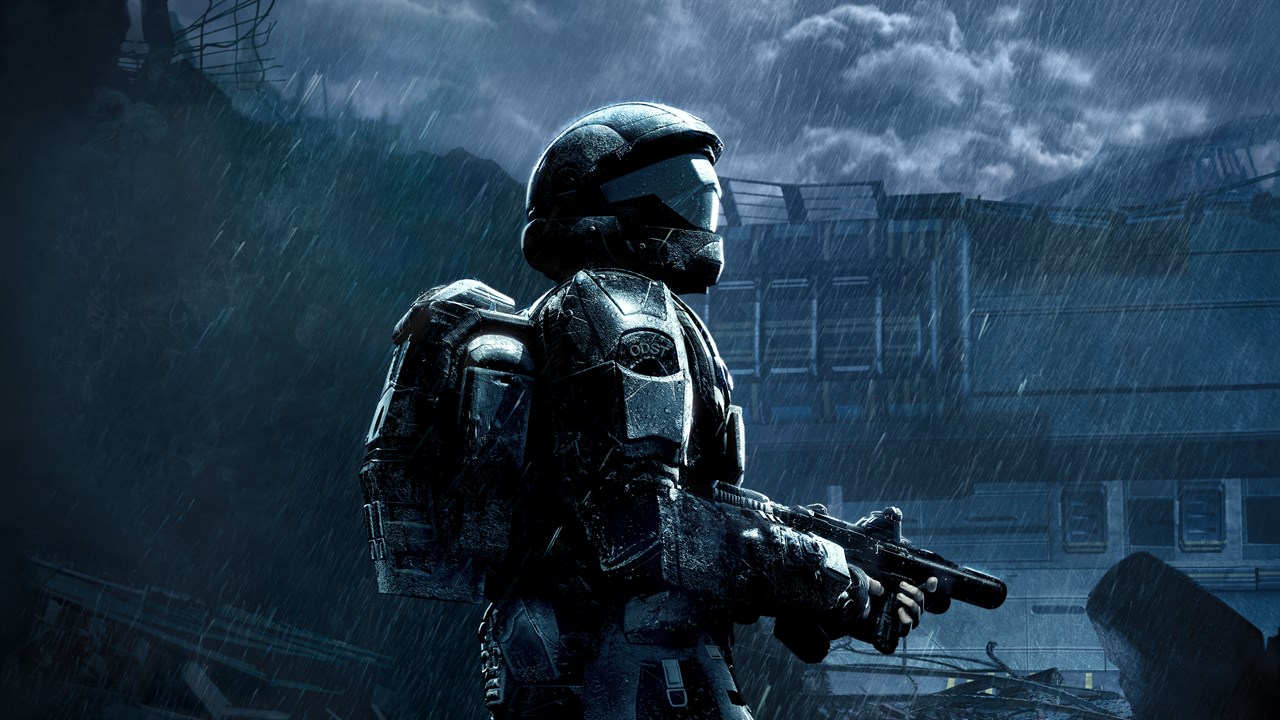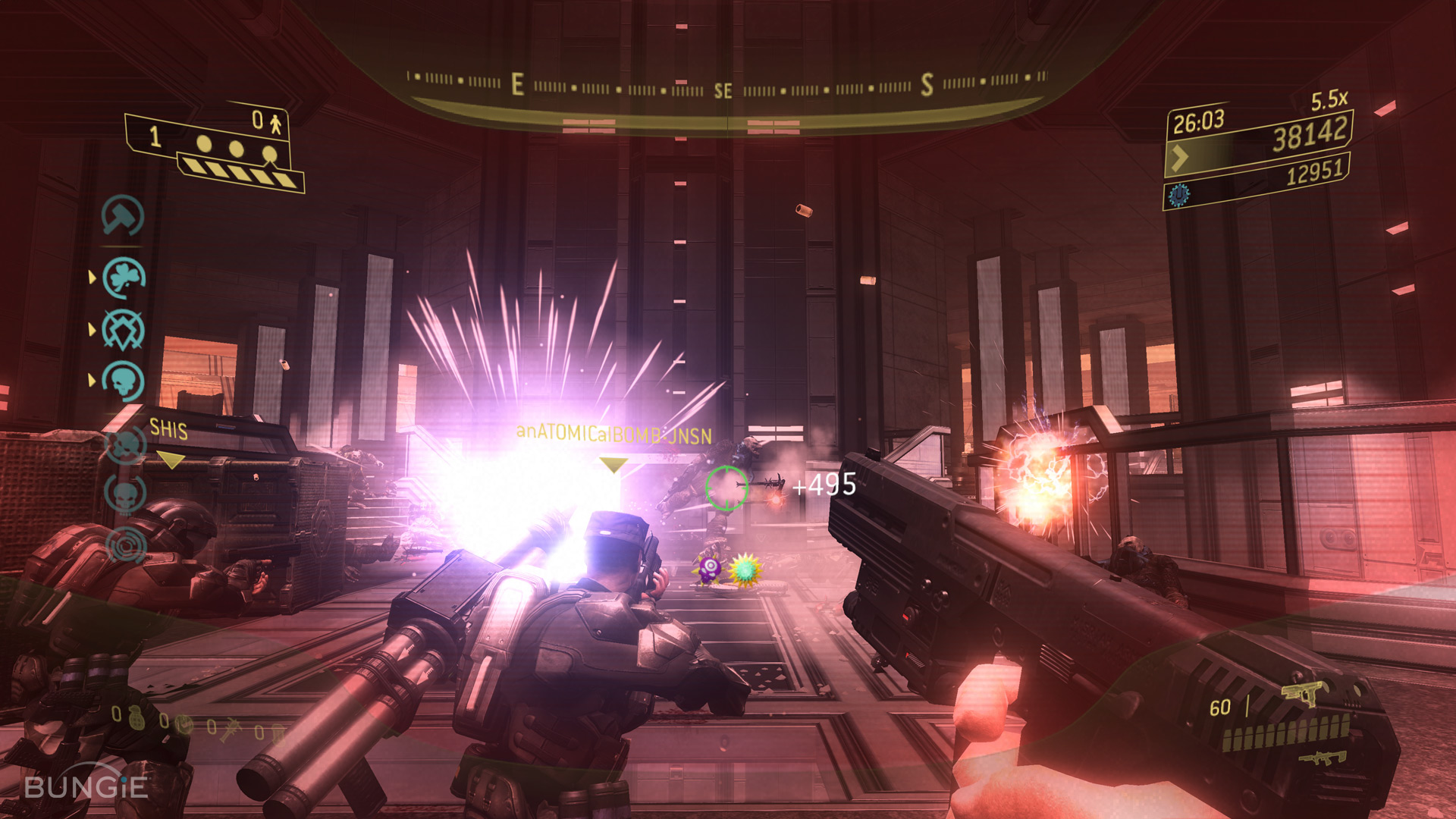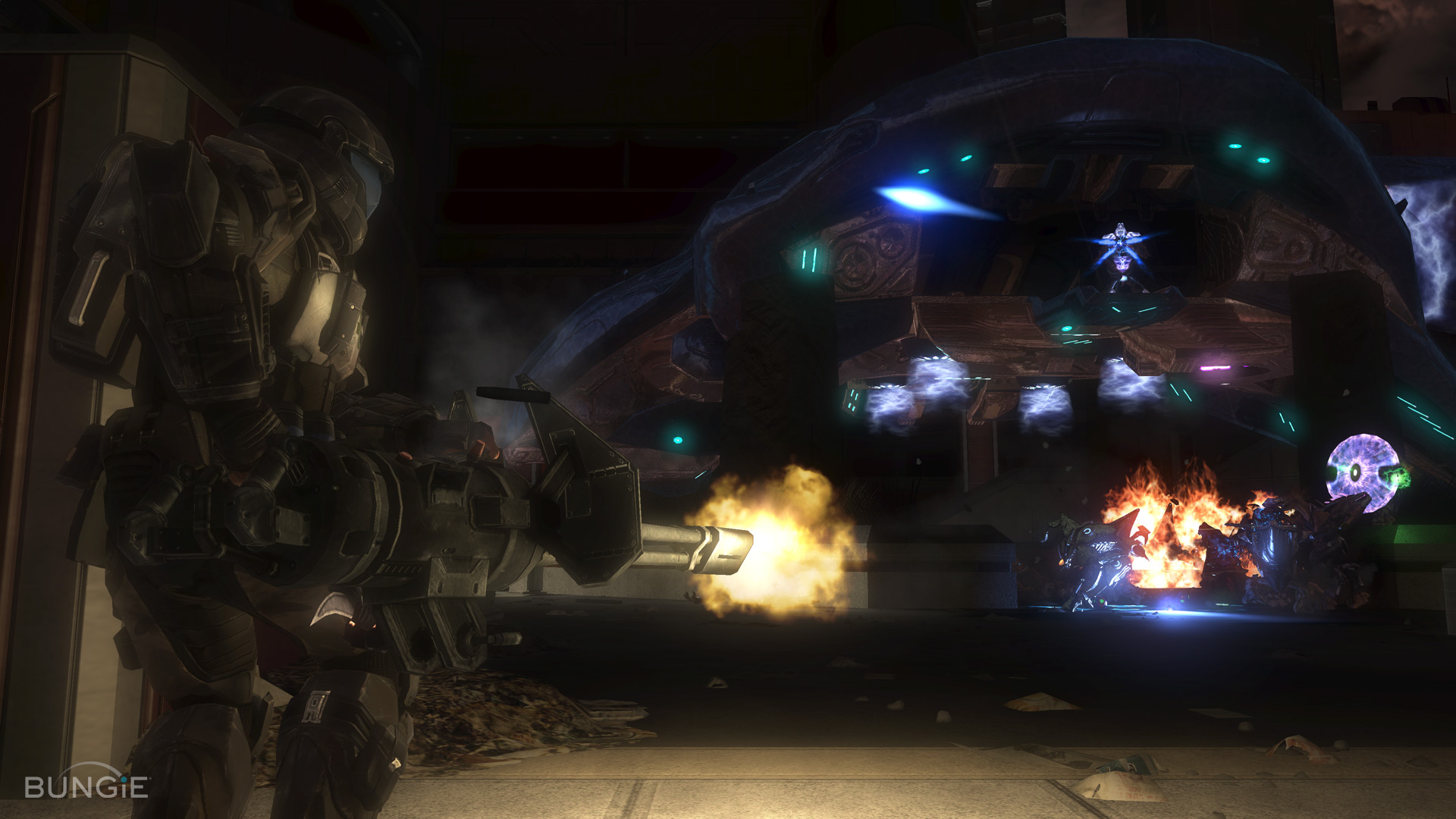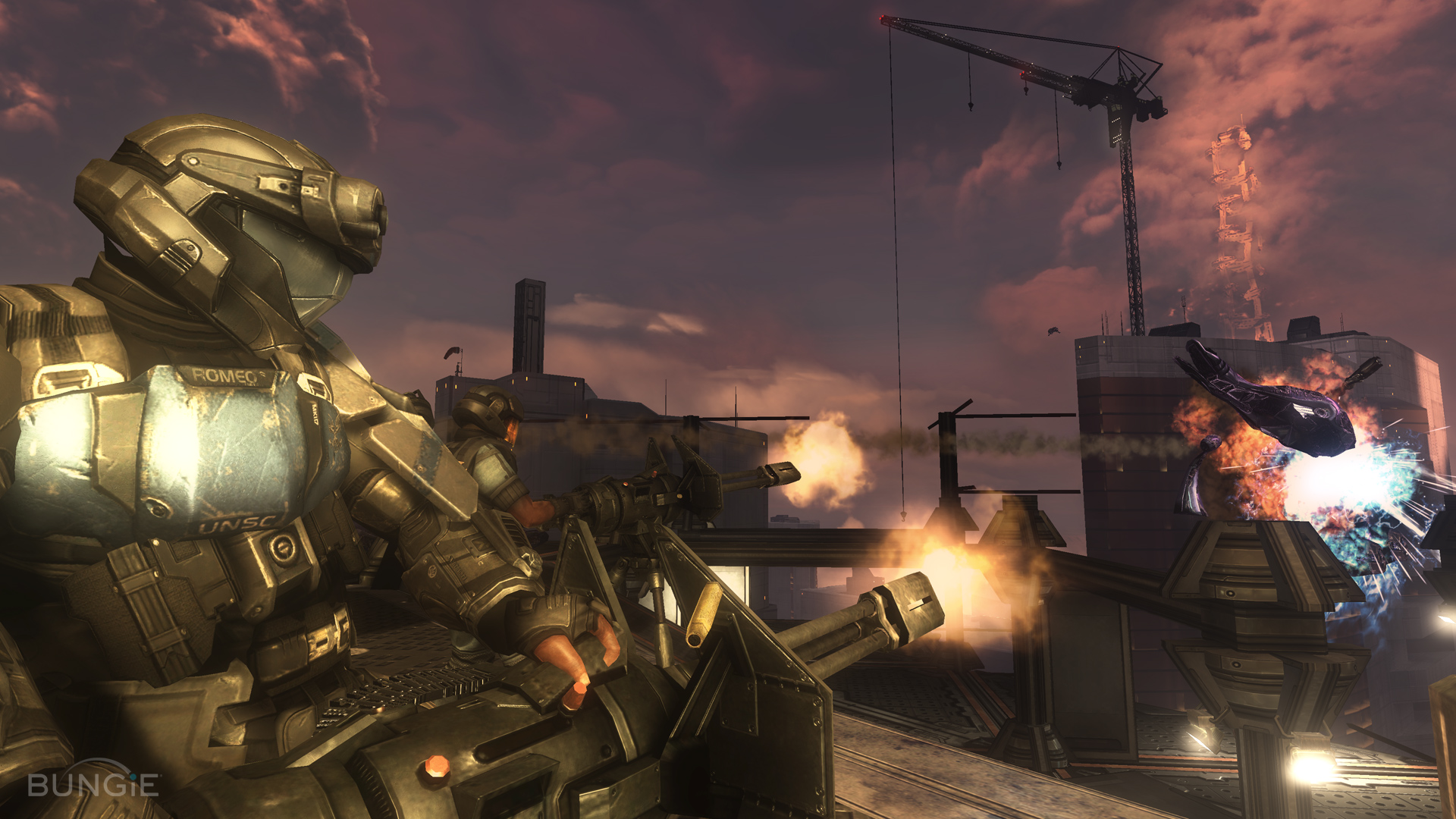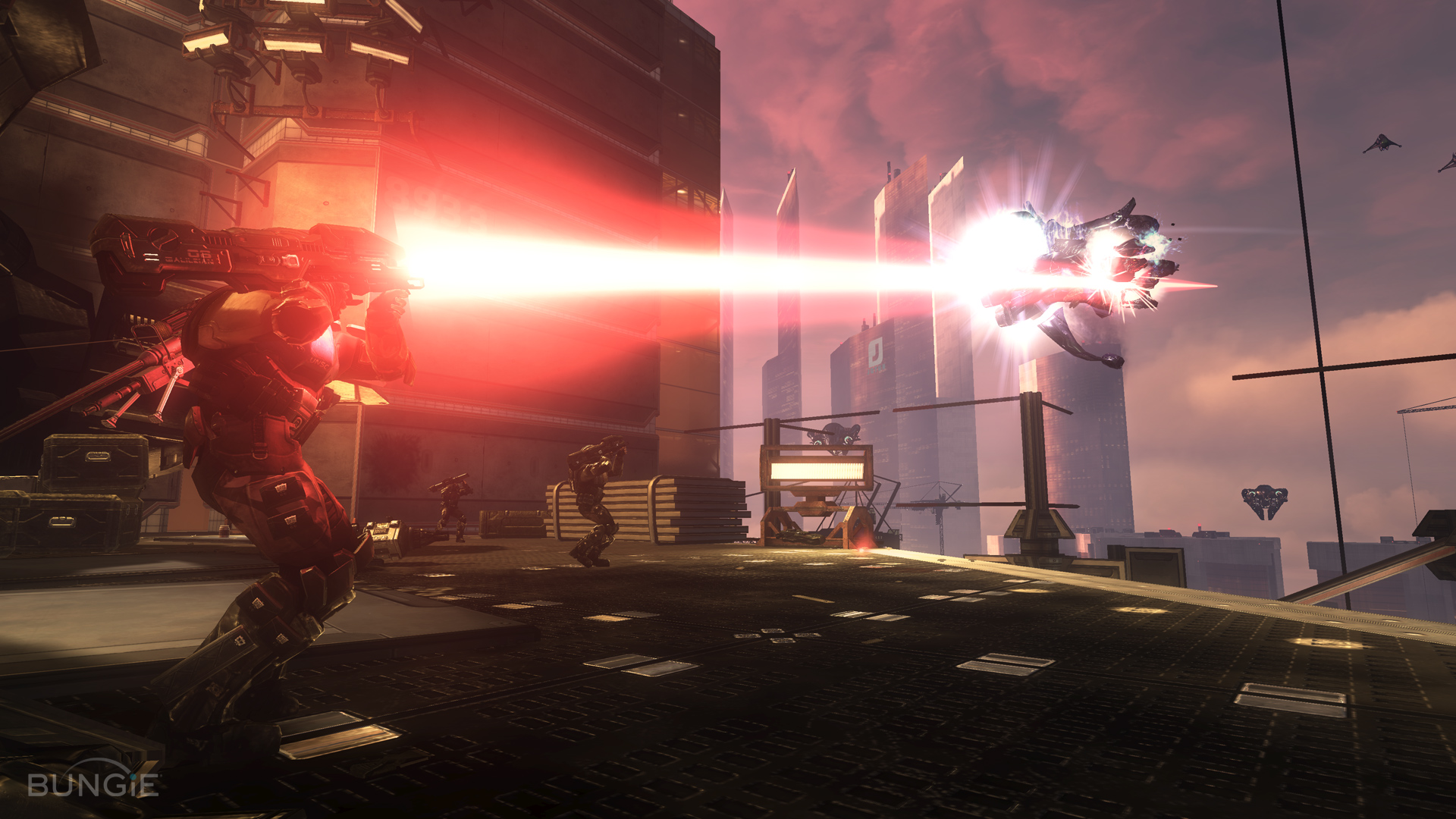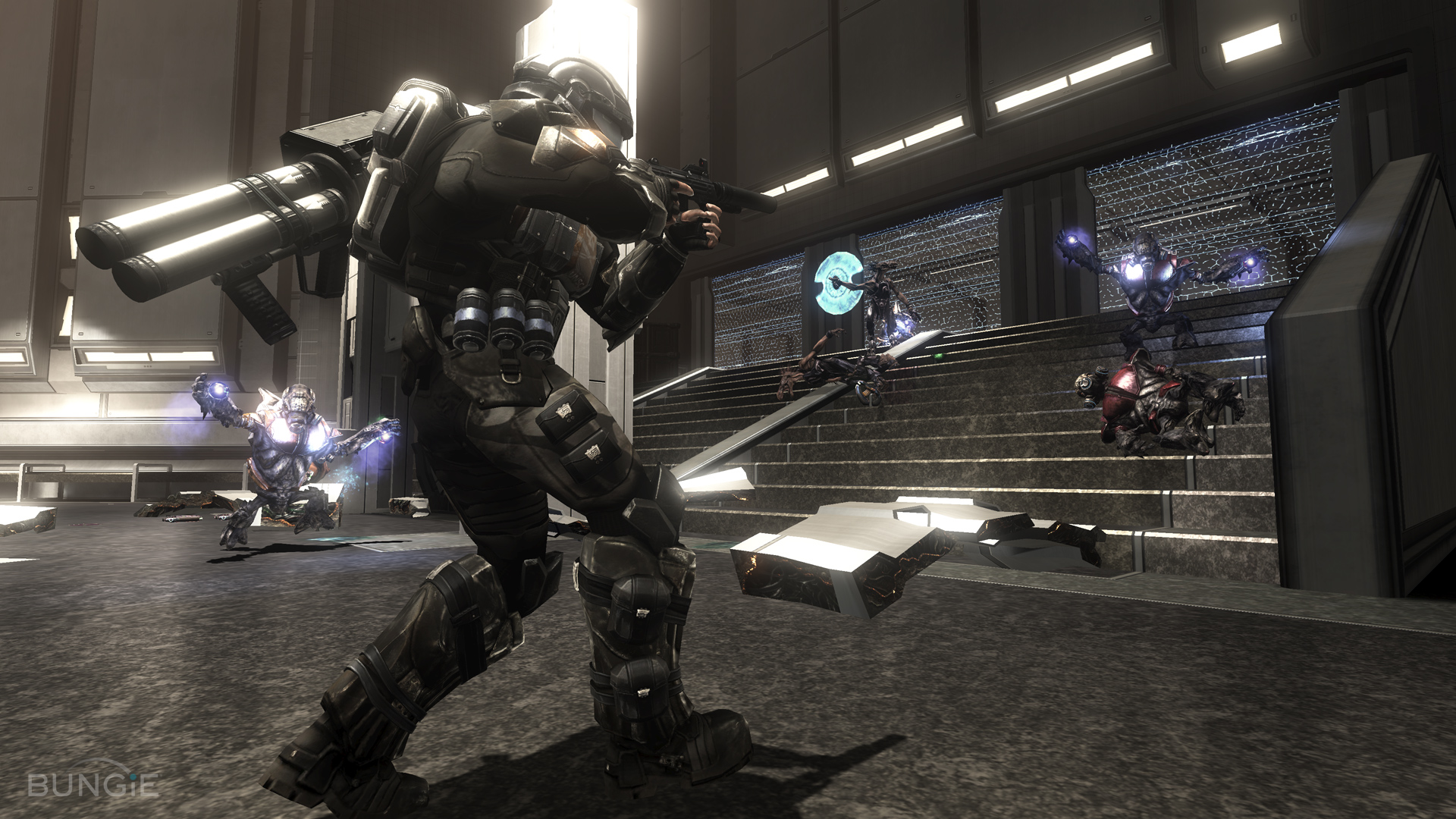Halo 3: ODST takes players on a thrilling journey through the gritty streets of New Mombasa, offering a unique perspective within the beloved Halo universe. In this installment, gamers step into the shoes of an Orbital Drop Shock Trooper, experiencing the intensity of battle from a different viewpoint—one that is grounded, immersive, and uniquely captivating. The game’s intriguing narrative and atmospheric depth make it a standout entry in the series, appealing to both long-time fans and newcomers alike.
In this review, we delve into the strengths and weaknesses of Halo 3: ODST. We’ll explore the pros and cons that make this game a memorable experience, examine the system requirements needed to dive into its world, and provide a detailed look at the game’s plot. Whether you’re nostalgic for the classic Xbox 360 era or experiencing ODST for the first time, this analysis will guide you through everything you need to know about this captivating entry.
Prices for Halo 3: ODST
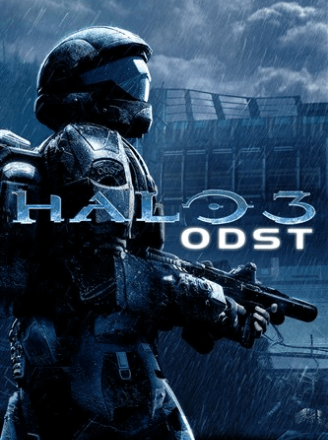
| Store | Price | Deal | Buy |
|---|---|---|---|
| None | Check Availability | ||
| None | Check Availability | ||
| None | Check Availability |
Unveiling the Storyline: Halo 3: ODST Plot Analysis
Set in the year 2552, Halo 3: ODST transports players to the war-torn streets of New Mombasa, a pivotal location in the Halo universe. Set during the events of Halo 2, the game provides a fresh narrative perspective, focusing on the experiences of the Orbital Drop Shock Troopers (ODSTs) rather than the iconic Master Chief. Players assume the role of the Rookie, a newcomer to the ODST squad, and follow their journey through the fragmented city in the aftermath of an alien Covenant attack.
As the Rookie, players piece together the storyline through a series of flashbacks, unraveling the fate of their missing squad members. Each level reveals a new piece of their story, allowing players to experience unique viewpoints and signature gameplay styles, blending elements of stealth and combat. The moody atmosphere coupled with a haunting musical score adds depth to this exploration of courage, camaraderie, and survival in the face of overwhelming odds. Halo 3: ODST masterfully expands the Halo narrative, providing an intimate and humanized glimpse into the chaos of war.
The Gameplay Experience: A Closer Look at ODST Mechanics
Halo 3: ODST stands out in the Halo franchise with its unique gameplay mechanics that prioritize a more tactical and immersive experience. Unlike the typical Spartan-powered engagement, players in ODST feel more vulnerable, emphasizing the skillful use of cover and strategy. This shift offers a refreshing challenge, requiring players to think critically and move cautiously through enemy-infested areas. Stealth and teamwork are key components, enhancing the sense of realism and tension throughout the game.
The game is approachable for both newcomers and veterans of the series, with a learning curve that balances accessibility and depth. The controls are intuitive for those familiar with the first-person shooter genre, yet they introduce new layers of challenge through its innovative use of stamina instead of traditional shields. Compared to other shooters of its time, ODST impresses with its atmospheric storytelling and immersive world design. The gameplay hinges on fulfilling mission objectives, unraveling the narrative through environmental storytelling and exploration. This allows players to feel genuinely involved in the unfolding drama, distinguishing it from more straightforward action-focused titles.
Visuals and Atmosphere: ODST Graphics Examined
When Halo 3: ODST was released, its graphics were a testament to the visual capabilities of the Xbox 360, offering players a richly detailed urban landscape to navigate. The game employs a darker, more atmospheric art style that effectively complements its narrative focus on mystery and suspense. The interplay of shadow and light is expertly utilized to create a moody, immersive environment that feels both expansive and intimate, capturing the essence of a city in chaos.
Compared to other games of its era, ODST shines with its commitment to environmental detail and design. While the game may not boast the cutting-edge graphics of modern titles, it holds its own with a timeless visual aesthetic that enhances the overall experience. Its deliberate use of a more subdued color palette and a strong reliance on ambiance sets it apart from the often over-saturated look of other shooters. This approach enhances the game’s artistic direction, maintaining its standing as a visual masterpiece within the genre.
Highlighting Key Features: What Makes ODST Stand Out
Halo 3: ODST offers a range of features that distinguish it from other titles within the first-person shooter sphere. One of its standout aspects is the inclusion of a non-linear campaign structure that allows players to explore New Mombasa at their own pace, uncovering fragmented elements of the story through this free-roaming approach. This departure from traditional linear gameplay adds depth and replayability, inviting players to piece together the narrative puzzle.
Another notable feature is the introduction of the Firefight mode, a cooperative multiplayer experience where players face waves of Covenant enemies. This mode encourages teamwork and strategy, providing endless hours of engaging and replayable combat scenarios. Additionally, the game’s soundtrack by Martin O’Donnell and Michael Salvatori is a masterpiece in itself, further differentiating ODST from its contemporaries. These musical compositions elevate the emotional weight of the story, seamlessly blending with the gameplay to offer an experience that resonates with players long after the credits roll. Compared to other games of its time, these features collectively set ODST apart as a unique and memorable entry in the shooter genre.
Shortcomings of the Experience: ODST’s Flaws Exposed
While Halo 3: ODST is celebrated for its innovative approach and atmospheric storytelling, it does have its share of shortcomings. A primary critique often levied at the game is its relatively short campaign. For veteran players used to more extended gameplay experiences, the brevity of the story might feel somewhat underwhelming, especially given the rich world it creates. This leaves some players craving more depth and content than what is offered in its main storyline.
Additionally, while the game’s shift in focus to the ODSTs is a fresh perspective, it lacks the iconic protagonist status of Master Chief, which could be a letdown for those who relish being at the helm of such a legendary character. The overall pacing of the game may feel uneven at times, as players transition between the exploration of a quiet, almost deserted cityscape and the intensity of combat through flashbacks. This dichotomy, though intentional, isn’t always seamless and may disrupt the immersive experience for some. Compared to other entries in the Halo series, these elements can detract from the otherwise compelling narrative and gameplay innovations.
System Requirements and Performance: Getting ODST to Run
Halo 3: ODST was originally developed for the Xbox 360 but has since made its way onto PCs as part of the Halo: The Master Chief Collection. While the game’s performance on modern gaming rigs is generally stable, its optimization may vary depending on your setup. The following are the typical system requirements for running ODST on a PC:
| Requirement | Minimum | Recommended |
|---|---|---|
| OS | Windows 7 | Windows 10 |
| Processor | Intel Core i5-3450 / AMD FX-6300 | Intel Core i5-7400 / AMD Ryzen 3 2200G |
| Memory | 8 GB RAM | 8 GB RAM |
| Graphics | NVIDIA GeForce GTX 560 / AMD Radeon HD 7750 | NVIDIA GeForce GTX 970 / AMD Radeon R9 290 |
| DirectX | Version 11 | Version 11 |
| Storage | 20 GB available space | 20 GB available space |
In terms of performance, the game runs smoothly on most modern setups, leveraging the increased power of today’s hardware to deliver a refined visual and gameplay experience. On lower-end systems, players may need to adjust graphic settings for optimal performance, potentially reducing visual fidelity in favor of stability. However, its roots on older generation hardware ensure that even those with modest setups can enjoy its atmospheric depth without significant issues. Ensuring you meet the recommended specs will enhance the experience, especially during intense firefights and large-scale battles.
Halo 3: ODST Community Impressions: What Players Are Saying
The gaming community has held strong opinions on Halo 3: ODST since its release, with both praise and criticism highlighting the game’s unique place in the franchise. Player experiences range from admiration for its storytelling to critiques of its deviation from the mainline Halo series formula. Here’s a sampling of what gamers have shared about their ODST adventures:
‘Halo 3: ODST offers a refreshing take on the Halo saga. I loved the moody atmosphere and how the game’s soundtrack complements the story perfectly!’
‘The Firefight mode quickly became one of my favorite multiplayer experiences ever. It’s great to strategize with friends against waves of enemies.’
‘While I appreciated the new angle on the narrative, I did miss playing as Master Chief and felt the campaign was too short.’
‘ODST’s non-linear exploration in New Mombasa made me feel like a detective solving a mystery, which was a neat twist on Halo’s usual gameplay.’
Overall, the community’s sentiments about Halo 3: ODST capture a blend of nostalgia and respect for its ambitious storytelling and innovations within the established Halo framework.
Final Verdict: Reflecting on Halo 3: ODST’s Legacy
In conclusion, Halo 3: ODST stands as a remarkable entry in the Halo series, offering a distinctive narrative and gameplay experience that diverges from the usual formula. Its atmospheric storytelling, innovative gameplay mechanics, and immersive world design provide an engaging experience that resonates with players even years after its release. While it has its share of shortcomings, such as a shorter campaign and the absence of Master Chief as the protagonist, ODST’s contributions to the Halo franchise are undeniably impactful. It invites players to experience the Halo universe from a fresh perspective, proving that even within established series, there is room for innovation. Whether you are a devoted fan of the franchise or exploring ODST for the first time, the game offers an enriching journey that captures the essence of its science fiction roots while delivering an emotionally compelling engagement.

